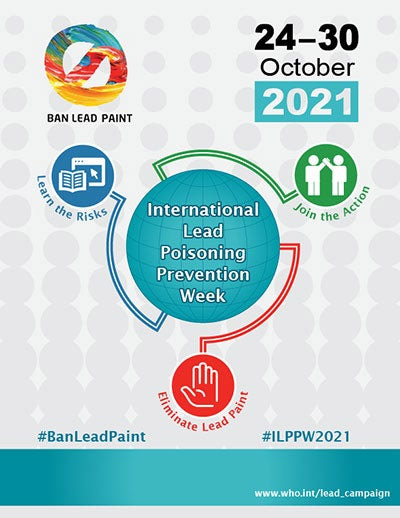Ahead of the 9th International Lead Poisoning Prevention Week (ILPPW), PAHO showed on graphics and videos that no lead paint degree is safe.
Manufacturing and sale of lead paint is still allowed in over 55% of countries, presenting a continuing and future source of lead exposure for children and workers, PAHO warned.
Experts pointed out that high levels of lead can cause anemia, weakness, kidney and brain damage, while to a greater degree it leads to death. Lead can cross the placental barrier, which means that pregnant women exposed to lead also endanger their fetus by damaging the developing nervous system of the fetus.
PAHO encourages governments, civil society organizations, health partners, industry, and other entities to campaign about the detrimental effect of the issue.
The greatest insecurity happens in children who play on the floor and suck toys or put their fingers in their mouths, accordingt to a publication.
People are also exposed to lead when they inhale particles emitted in manufacturing and recycling activities, in products such as enamels, ceramics and some cosmetics, as well as traditional medicines.
In some places, food and water are polluted with lead, which is distributed throughout the body to the brain, liver, kidneys, and bones.
The World Health Organization (WHO) identified lead as one of the 10 chemicals of greatest public health concern that require Member State action.
mh/pll/oda/znc










